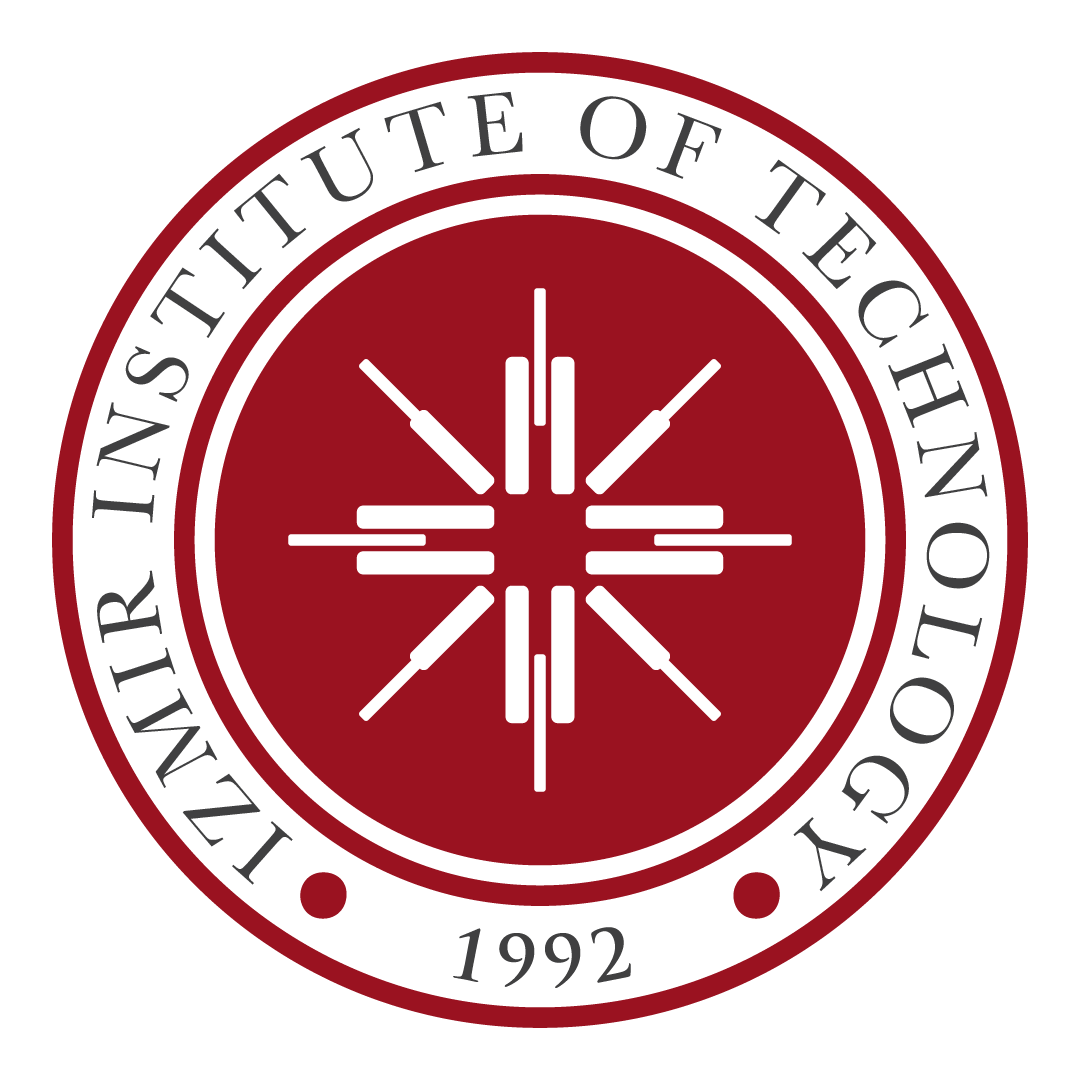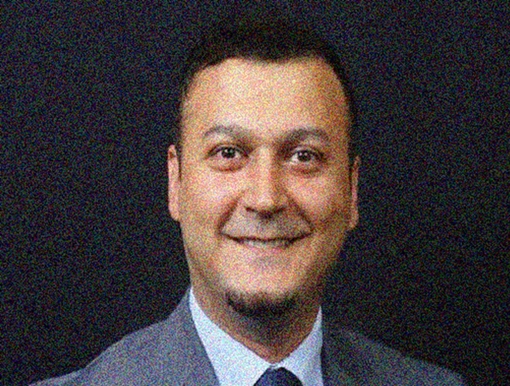CENG 115
Discrete Structures
Sets, and Functions, The Fundamentals: Algorithms, the Integers, and Matrices, Methods of Proof, Mathematical Induction, Recursive Definitions, Recursive Algorithms, Program Correctness, Basics of Counting, The Pigeonhole Principle, Permutations and Combinations, Recurrence Relations, Divide-and-Conquer Relations, Inclusion-Exclusion, Relations and Their Properties, n-ary Relations, Representing Relations, Closures of Relations, Equivalence Relations, Partial Orderings, Graph Terminology, Representing Graphs and Graph Isomorphism, Connectivity, Euler and Hamiltonian Paths, Shortest Path Problems, Planar Graphs and Graph Coloring, Tree Traversal, Trees and Sorting, Spanning Trees, Minimum Spanning Trees, Boolean Functions and Their Representations, Minimization, Elements of Computability, Complexity Classes, P – NP – NP Completeness, Space Complexity, Number Conversion, Calculational Logic, Maximum and Minimum, Coding and Constructions.
Learning Outcomes:
- To be able to use and compare different discrete structures.
- To be able to analyze problems and determine appropriate solution paths.
- To be able to show ability of abstraction.
| Topics |
| Propositional Logic |
| Predicate Logic |
| Proof Techniques |
| Sets and Functions |
| Sequences and Summations |
| Algorithms and complexity analysis |
| Integers, divisibility, and matrices |
| Mid-term Exam |
| Induction and recursion |
|
Counting, pigeonhole principle, permutation, and combination
|
| Discrete probability |
| Recurrences |
| Relations |
| Graphs |



